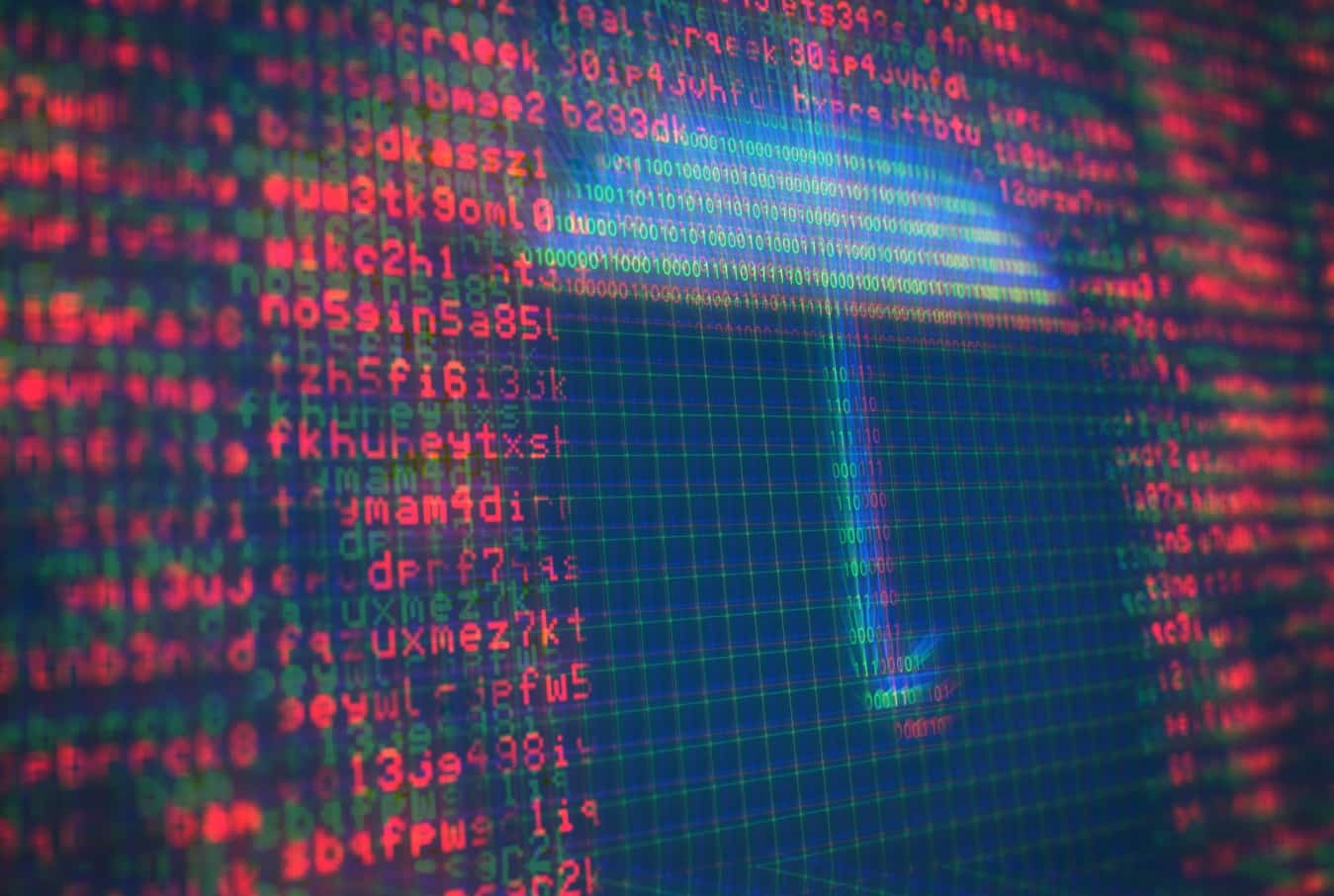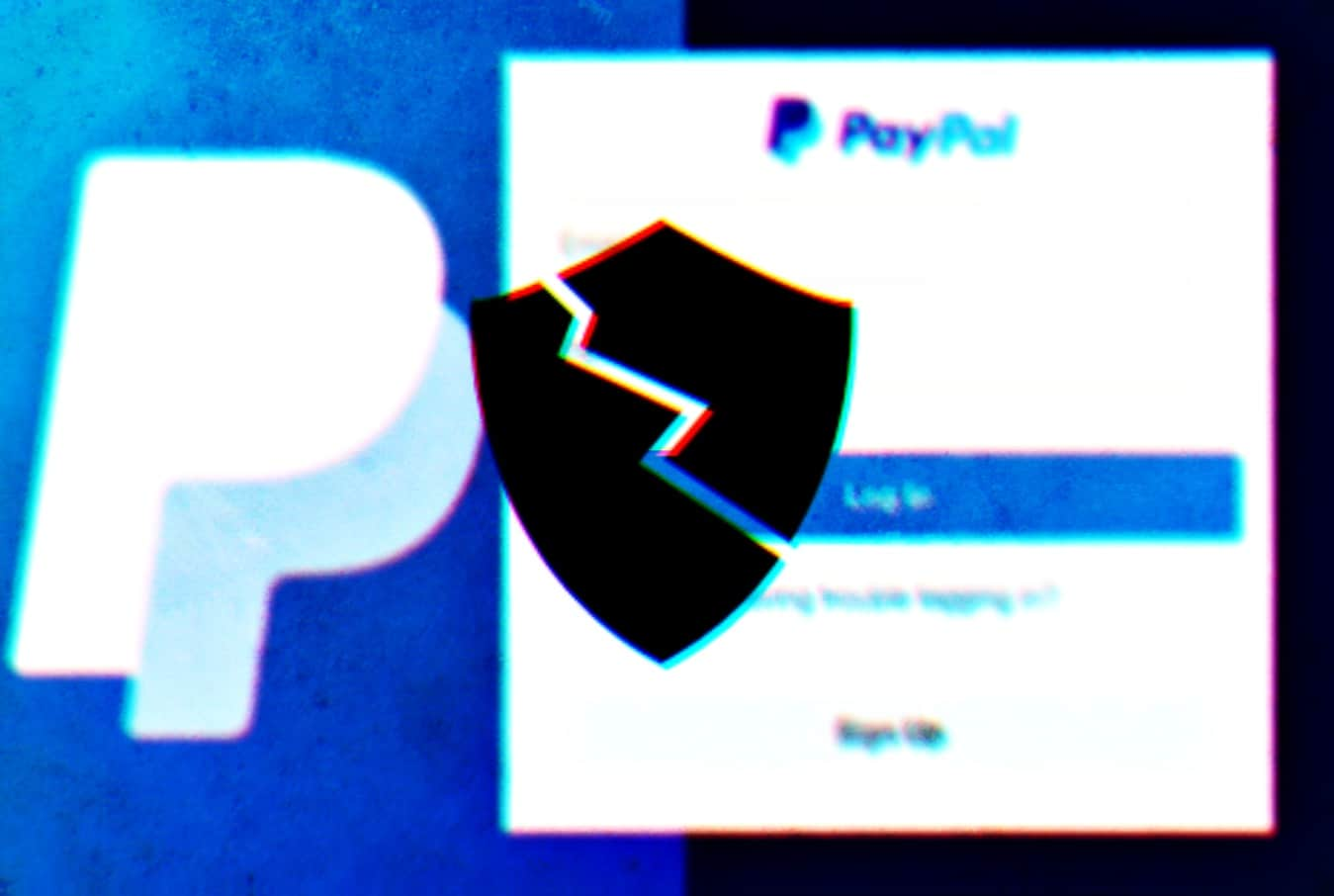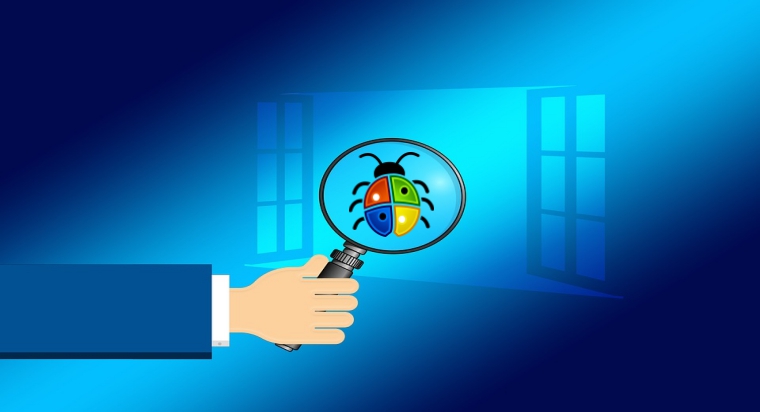As the Coronavirus pandemic has unraveled, cybercriminals have gotten more active than ever consistently targeting businesses and specifically individuals working from home. These, although not including hospital targets, do encompass a range of industries.
When you look at what one can do from a defense point, you have to look at what is the most critical asset to secure for doing business online. The answer is Applications and if you focus on taking steps to secure the application from attacks you are focusing on mitigating the risks for your business to a large extent.
In current times the concept of internal vs external applications is blurred and WFH becoming the norm applications are not restricted to just your public-facing corporate websites but any set of digital services that can be consumed by your users whether it be employees, partners, and customers.
And so really make us consider the need for enhancing application security. To set the definition; Application security is the implementation of measures that can help secure a particular app by protecting its contents which would include both the data contained within and its code.
It would also include a range of things from access controls, vulnerability assessments, Data protection/encryption, and this article attempts to list them down.
In its true sense, an application here by no means is restricted to that of a smartphone, it also includes modern-day websites. Therefore, to start with, different types of application security categories need to be factored in, each with its importance in these times.
1: Authentication
First up, we have authentication whose purpose is to ensure that only authorized users gain access to parts of a web application. This can be done so by adding simple measures like passwords as well as two-factor authentication (2FA).
Its importance can be stemmed from the fact that the failure to do so can allow intruders to access confidential data of companies and even blackmail them in already cash-critical times like the ones we face today.
The recommendation is not just to put strong authentication and access control in place but also to have user activity logging so that if an incident is reported we can be able to go back and analyze.
Security precautions are not just about defense but also having a process in place to be able to analyze and react if something wrong happens and authentication and access control along with logging enables you to do that.
2. Web Application Firewall (WAF)
Secondly, to ensure that your site is not bombarded with fraudulent traffic, such as an application focused on a distributed denial of service (DDoS and Bot) attack, it is necessary that a WAF is employed as it effectively filters out such traffic.
Furthermore, it can also be used to guard against a range of other common attacks perpetrated on web applications including but not limited to SQL injections, Cross-Site-Scripting (XSS), and Cross-Site Forgery.
It also provides a footprint of incidents/suspicious attempts which can be used as a basis to also investigate if something wrong happens and take corrective steps quickly.
3. Encryption
Thirdly, strong encryption is needed as there are dozens of cases every day where databases are breached and data is stolen. Hence, a strong encryption algorithm would ensure that the data is useless to the attackers and the information of a firm’s users and employees is protected.
Ensure Strong encryption is used for all data in transmission and also in storage and tied with access control the decryption should be possible only to authorized and authenticated users.
4. Logging
Fourthly, logging is important as and is an important component that applies to all the measures as it involves storing real-time information about the activities of users such as when they login to the activities they perform once logged in.
In the case that something goes wrong, system administrators can in this way effectively track the ones responsible for leaving a loophole in security or possibly aiding the attackers. This also can be used to learn from the activities to further improve the policies independent of whether an incident has been reported or not.
5. Penetration Testing
Fifthly, we believe that frequent automated security assessment and periodic manual penetration testing is vital as it can help a company realize the flaws in its security before the attackers do so letting it efficiently implement patches. Failure to do so can result in a site being a victim of a range of attack vectors such as the injection of malicious code through forms.
To conclude, all 5 factors fall into application security and are very important today. However, it is also essential to understand that not every business can afford an in-house cybersecurity team and even if it can, it may not be the most efficient to have one. Hence, they can consider outsourcing to a 3rd party solutions provider who brings in much-needed expertise with them.
An example is Indusface who offers a focused fully Managed Application security services including vulnerability scanning, firewall, WAF, DDoS and BOT protection, penetration testing and even a Content Delivery Network (CDN) to speed up your applications in their offering.
Did you enjoy reading this article? Do like our page on Facebook and follow us on Twitter.









